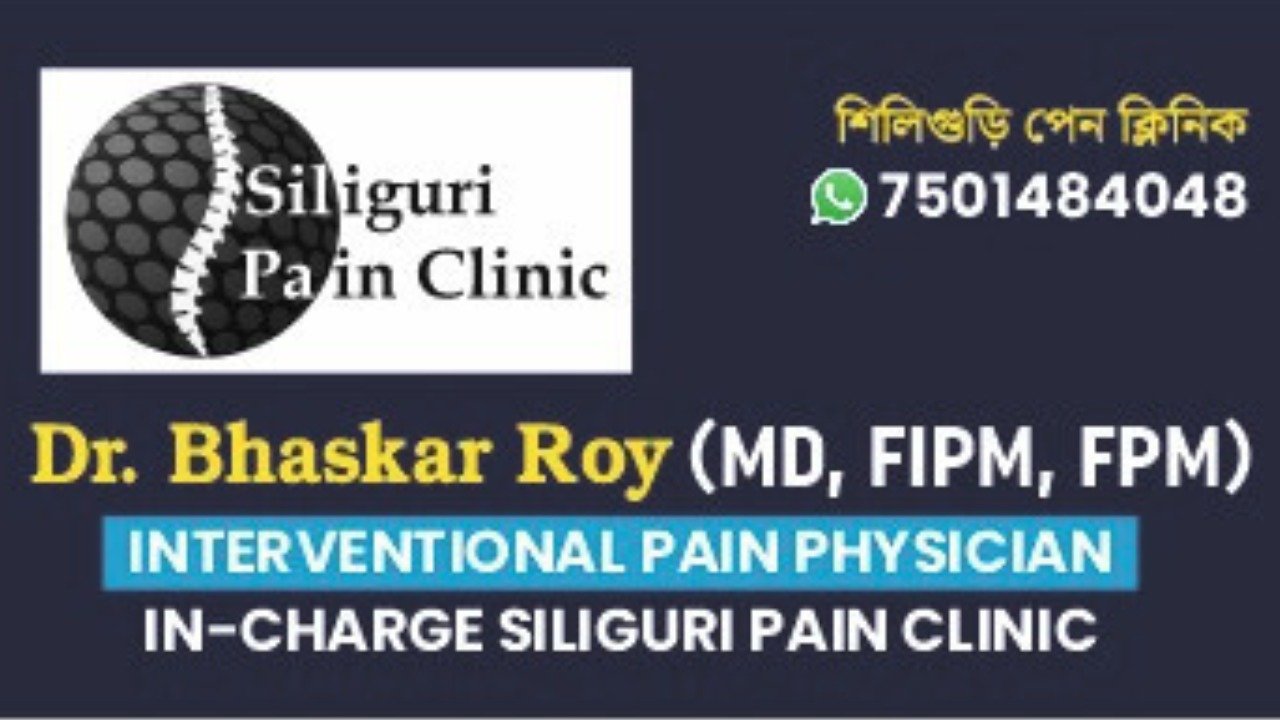Fibromyalgia
Fibromyalgia is an increasingly recognized chronic pain disorder characterized by widespread musculoskeletal aches, pain, and stiffness, along with soft tissue tenderness, general fatigue, and sleep disturbances. The most common sites of pain include the neck, back, shoulders, pelvic girdle, and hands, though any body part can be affected.
Causes Of Fibromyalgia
The exact cause of fibromyalgia is unknown. However, research suggests that the condition may involve abnormal pain pathways, hormonal changes, and immune system disturbances. These factors indicate that fibromyalgia likely has a multifactorial and complex origin.
Diagnosis Of Fibromyalgia
Diagnosing fibromyalgia can be challenging due to the lack of specific and sensitive tests. Diagnosis typically relies on a detailed examination of the patient and the presence of characteristic symptoms. Because of the subjective nature of the symptoms, a thorough and careful assessment by a healthcare provider is essential.

Top Ten Symptoms of Fibromyalgia
Persistent pain throughout the body lasting more than three months
Daytime tiredness and fatigue
Sleep difficulties
Brain fog and depression
Morning stiffness
Muscle knots, cramping, and weakness
Irritability and anger
Frequent headaches or migraines
Short-term memory loss
Presence of multiple tender points
Fibromyalgia Treatment
The mainstay of fibromyalgia treatment is physical therapy. Optimal physical therapy can be carried out once adequate pain relief is achieved, which can be attained through a combination of nerve medications to calm the nerves and safe pain relievers that are used over extended periods.
Tips to Help Relieve Fibromyalgia Pain
Managing fibromyalgia pain involves understanding the disease and recognizing the importance of lifestyle modifications. A long-term commitment to improving your quality of life is essential. The wellness approach to fibromyalgia includes:
Alteration of Daily Activities and Lifestyle Modifications
Maintaining proper posture during sitting, standing, working, and sleeping is crucial to minimizing muscle stiffness. Managing stress and pacing your daily activities can significantly enhance your overall well-being.
Exercise
An exercise program that includes stretching muscles and mobilizing all joints in the body is beneficial. Starting with just five minutes a day of gentle walks or stretching exercises is a good approach. This can gradually be increased to 15-20 minutes each day. Proper rest should also be part of your daily routine. Aerobic exercises can be introduced once the pain has reduced considerably.
Swimming and Aquatic Therapy
Swimming or hydrotherapy can help relieve muscle stiffness and improve muscle flexibility. Regular swimming can significantly enhance your quality of life.
Yoga
Regular yoga exercises can help relax stiff muscles and increase body flexibility. Yoga offers both pain relief and mental relaxation.
Maintaining a Regular Sleep/Wake Cycle
A regular sleep schedule of 6-8 hours is essential to minimize fatigue and muscle stiffness.
Therapy
Therapies such as massage, ultrasound, vibrations, and other muscle-strengthening techniques, including electrical nerve stimulation, can help relax muscles and alleviate pain. Medications prescribed by your doctor will also aid in preparing you to start your daily exercises and work routines.
